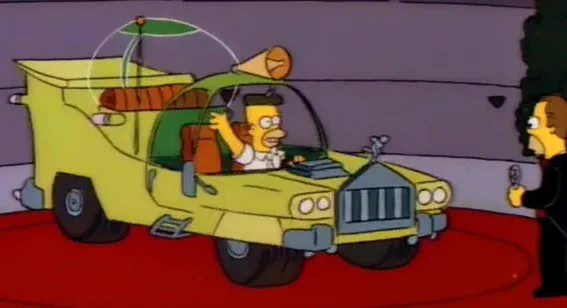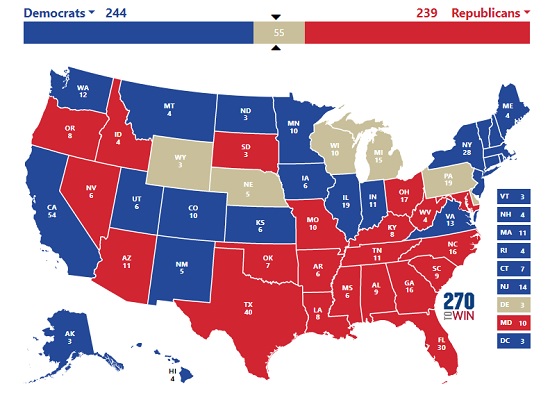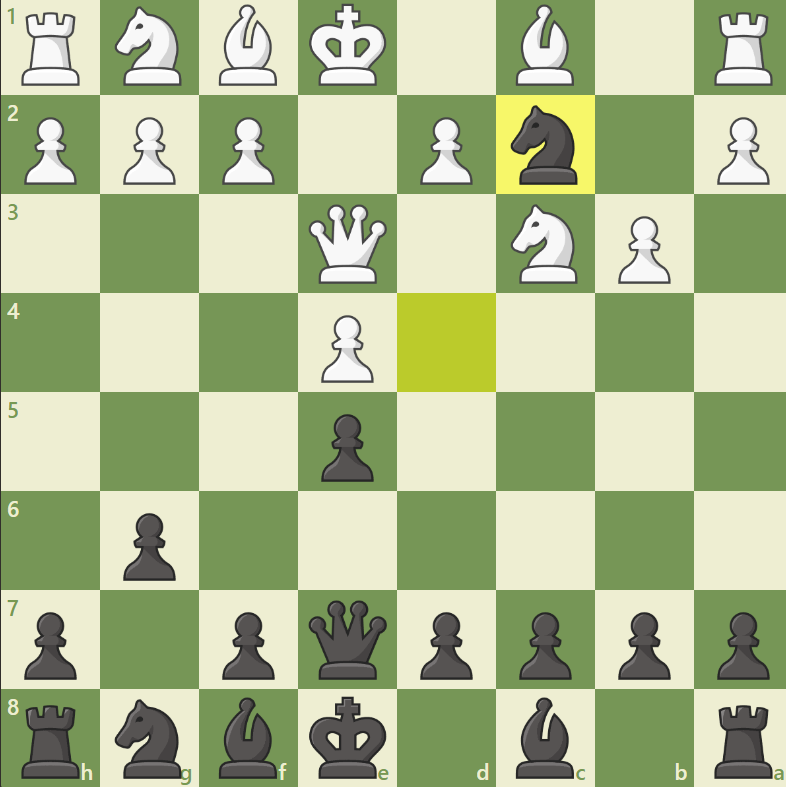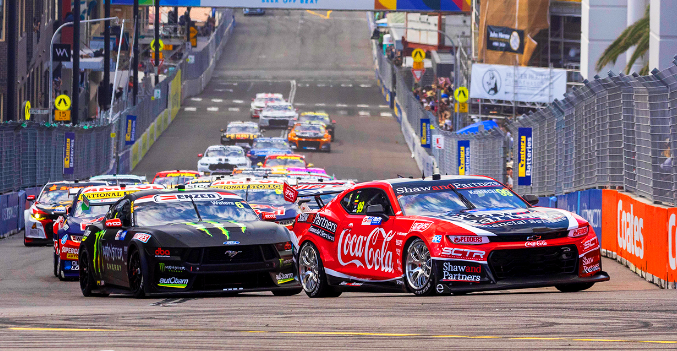There is an episode of "The Simpsons" in which Homer discovers that he has a half-brother, who is named Herbert Powell. Powell is a successful businessman and who owns a smallish motor company, until he meets Homer and this puts into action a chain of events through which he is bankrupted and eventually becomes a hobo.
The episode, so very obviously set in 1991, has Powell Motors struggling against the tide of Japanese imported cars and in some kind of last ditch effort, he enlists Homer to design a motor car; which given that it is Homer Simpson, will always be disaster. Such is the narrative drive of The Simpsons that no matter what kind of problem befalls them or whatever success strikes, the net distance travelled narratively always must snap back to exactly zero.
When given the opportunity to get a free car, Homer is asked what kind of car that he wants. His requests are actually ludicrously straightforward. He either wants a big car, or a car with a lot of pep. When Powell Motors is unable to fulfil even these simple desires, Herbert loses is mind and charges Homer with designing a car which will save the company. The car that Homer Simpson 'designs' with the help of a team which very obviously has zero initiative or imagination of their own, is so terrible that it apparently bankrupts the company.
However, when viewed through the lens of both history and removing the comedic devices, are the actual things that Homer Simpson wanted in a car insensible?
- A ball on the antenna, so you can find it in a parking lot?
You could have possibly costed that at about five bucks.
- Multiple horns, all of which play “La Cucaracha”?
Put that on his car. That's not a production feature.
- A separate soundproof bubble dome for kids, with optional restraints and muzzles?
Yeah, nah. That's daft. Don't install it.
As for the idea of optional restraints, various Design Regulations have become harder and more strict with it comes to the installation of points for booster seats and child capsules. This would be about meeting Design Regulations. Muzzles are likely a step too far.
- One Powell Motors employee suggests a “built-in video game”?
The various infotainment systems on cars have become more and more silly. You can get cars with Bluetooth and ApplePlay et cetera as standard. My Mazda 2 which was a $20,000 motor car, has electronic everything and Bluetooth and USB ports. In 1991, an AM/FM radio with a five-bang graphic equaliser would have been pretty neat.
- Gigantic cup holders for the drink cups from the Kwik-E-Mart?
Some manufacturers have made bigger cup holders to hold huge cups (or mini–buckets for fried chicken), but in general, the 350mL and 375mL can is still the industry standard, and the 592mL (20 fl.oz.) cup in America has also remained unchanged.
- Soundproof interiors?
Insulation from road noise has definitely improved since 1991. Today there is active noise cancellation which uses embedded microphones to find the offending frequencies and destructive addition to cancel out sounds. It only works for engine drone and wind noise and does not work to remove the noise of children.
- Shag carpeting?
The most horrid carpeted car that I have ever sat in, was someone's 1985 Holden Commodore Calais VK. It had a rumbly V8 up front and a square LED display and it had blue plush pile over every conceivable surface. The owner was obsessive about keeping it clean and smell free.
What of the two original criteria? A big car and a car with a lot of "pep" with an engine that will make people think “the world is coming to an end”?
This is perhaps where fiction in the episode was able draw so much from the truth. Cars had become smaller following the 1974 and 1979 Oil Crises. Ford's flagship car in America was the Taurus which had a 3.0L engine, General Motors' could do no better with its wheezy V6s. The whole automotive industry was being hamstrung by an inability to develop new technology and a need to comply with the best practice as embodied by the Californian Automotive Fuel Emissions requirements, or CAFE, which grossly limited power output. Gone were the 7.0L V8 dinosaurs from only a decade before.
The 1990s were kind of as the so-called "malaise era" was coming to an end. Ford had discontinued its 5.7L Cleveland V8 and was only tentatively bringing back the 5.0L Windsor V8. Chevrolet had abandoned its 5.7L V8 for family sedans but kept them for cars like the Camaro and Corvette. Little did anyone know that there would be a second age of ridiculous power to come, as the internal combustion engine has had one last hurrah.
Engines like the 707 horsepower which go in the Dodge Hellcat, or 7.3L V8 engines which now appear in trucks, would have satisfied Homer Simpson. Sure, we're now building pedestrian killing trucks and SUVs instead of sedans and hatchbacks, but idiots like Homer Simpson exist in their thousands.
As for the final styling of the car? Yes, it is hideous but it says a lot about Powell Motors if one prototype which would have caused a ridiculous amount of hype and which cost $82,000, is enough to bankrupt the company. The Holden Commodore VE, of which the project started possibly as far back as 2002, had more than a $1bn worth of development poured into it. That $82,000 in 2006 terms, to make the two comparable, was worth $147,677. Unless Powell Motors had tooled up an entire factory, which includes the stamping shop and resetting all of the welding robots at very least, to build this as a production car, then building one car should not have been enough to bankrupt a company. Besides which, I am sure that there would have been at least one loon in the world who would have bought that as a bespoke show car.
The "Homer" that Homer designs is comically awful from a stylistic point of, but in all honesty, is it actually terrible? Sports cars such as the Toyota 86 and the Honda Civic Type-R have in fact sprouted wings and spoilers. Cars do not have bubble domes but they are way more rounded than they were in 1991. Even greens and hideous purples have appeared on cars since then.
A properly done show car such as the VT "Marilyn" Monaro which was at the Sydney Motor Show one year, was enough to ensure that Holden Motor Company were able to take deposits on cars that hadn't even been delivered. Tooling up for a car which mead use of plenty of already existing parts, wasn't really that difficult. Powell Motors apparently are so stuck and set in their ways, that producing one show car, is the straw which broke the camel's back.
As The Simpsons is a comedy program, there was never going to be any kind of sensible resolution to the central dilemma of the narrative. I on the other hand, with the benefit of hindsight and a very great deal of resentment that the Australian motor industry was shut down, do not understand why cars like the Ford Taurus, Ford Five Hundred Ford Fusion, or Chevrolet Impala from Generation 7 onwards ever needed to exist. Even within the narrative of The Simpsons, Homer does not car where his car comes from (he has a Croatian-built car), and the truth of the matter is that cars like the Ford Falcon and Holden Commodore in Australia were always better engineered, better backed, better tested, and better built than their American counterparts.
To solve the internal problem of the episode, Herbert Powell could have bought a sedan from another company and slapped his own badge on it. Actually, the American motor industry could have done this many times and sold foreign cars under their own labels but instead kept on choosing not to, for reasons I fail to understand. This episode of The Simpsons is therefore not necessarily a commentary on the boneheadedness of Homer Simpson, but a parable for the American motor industry generally.










